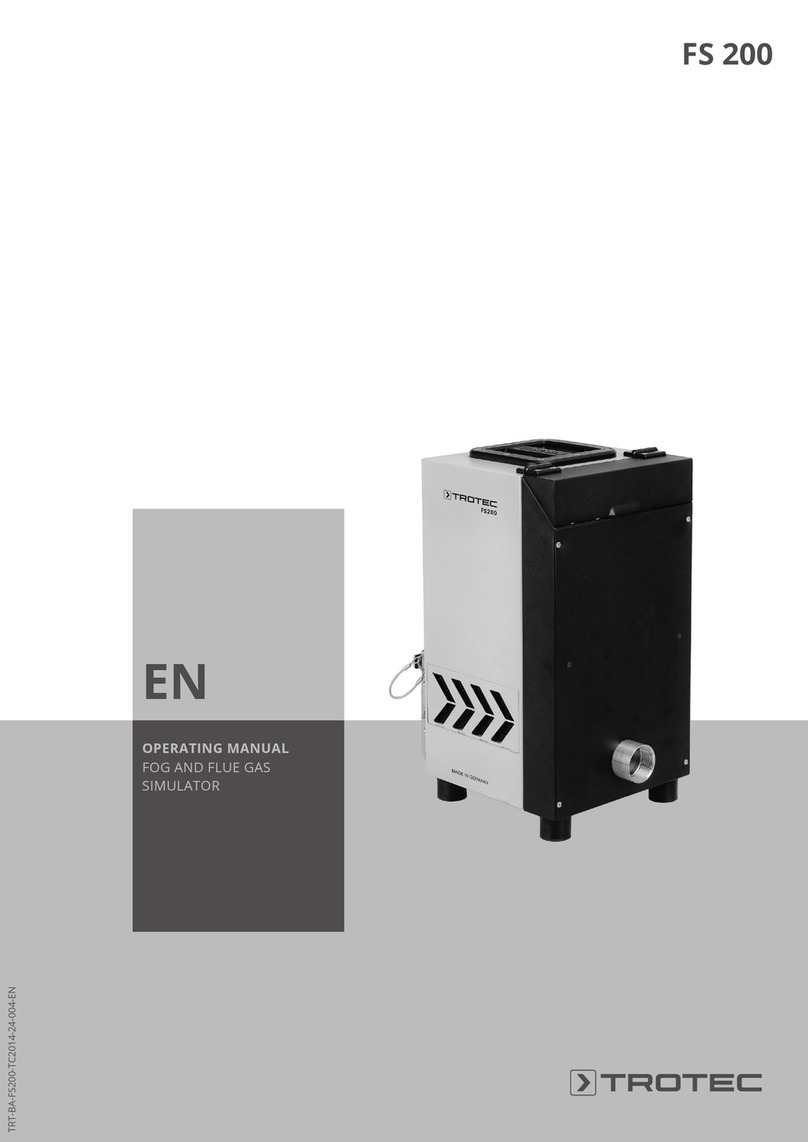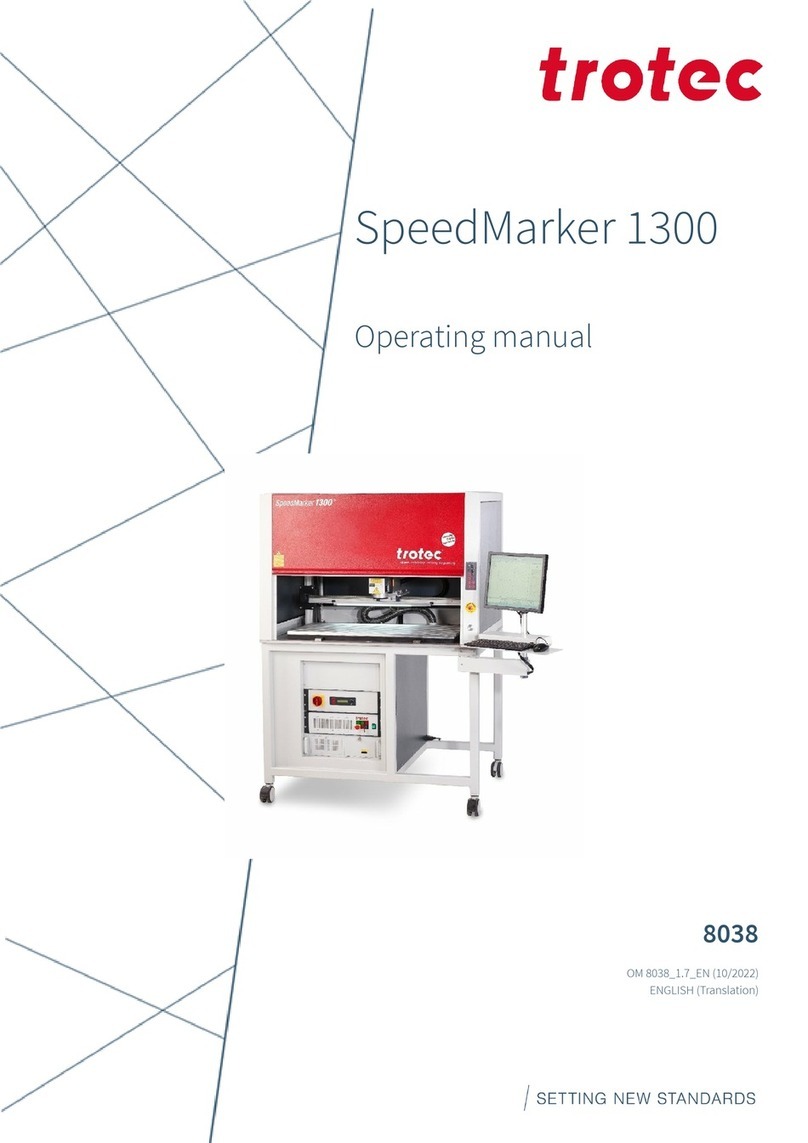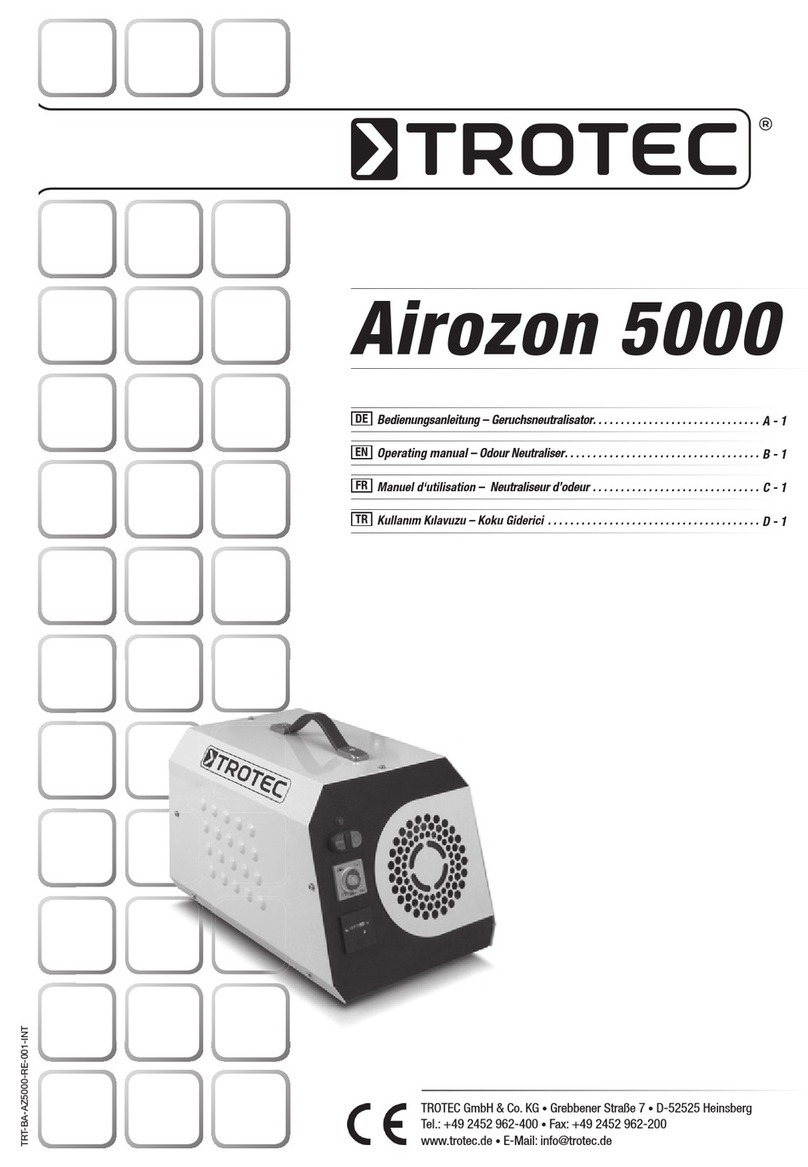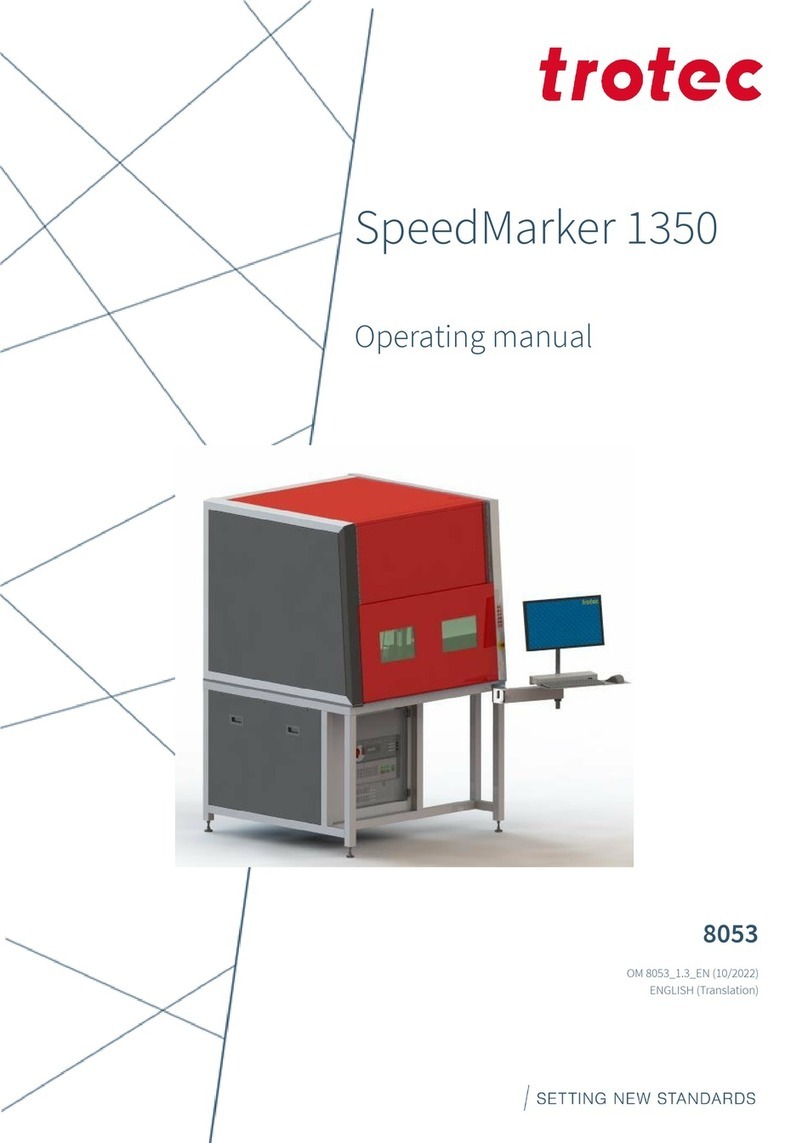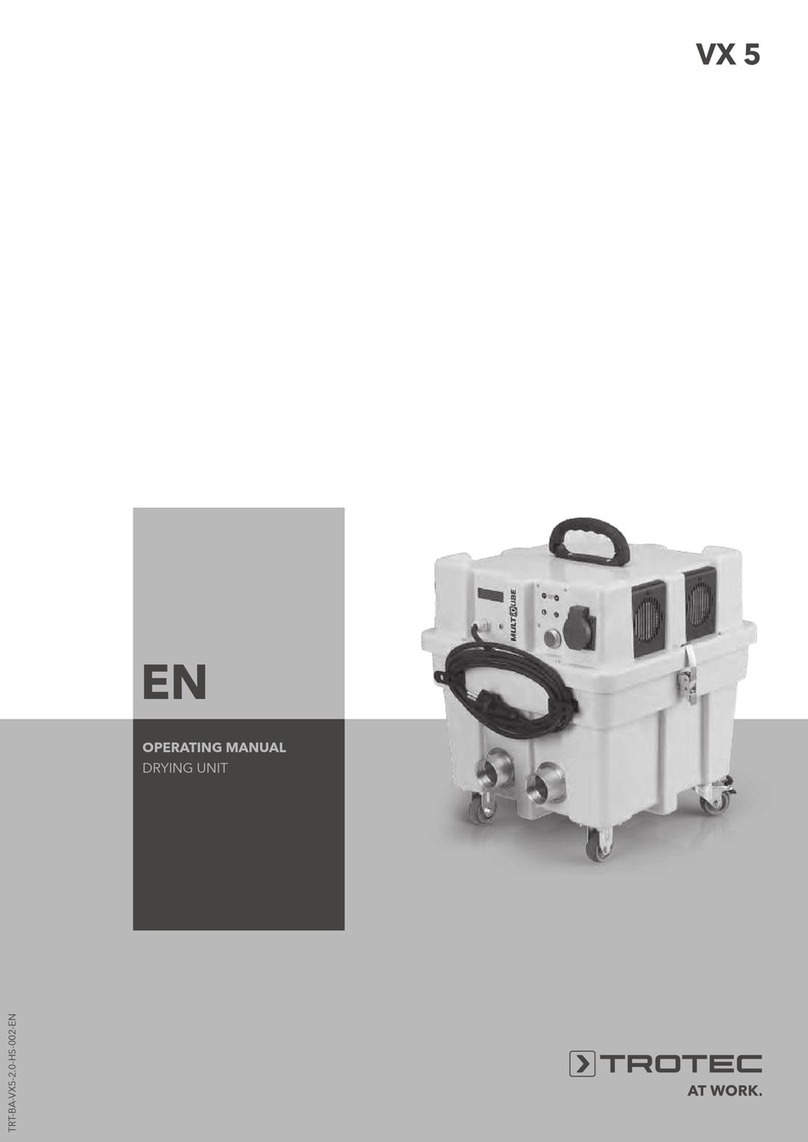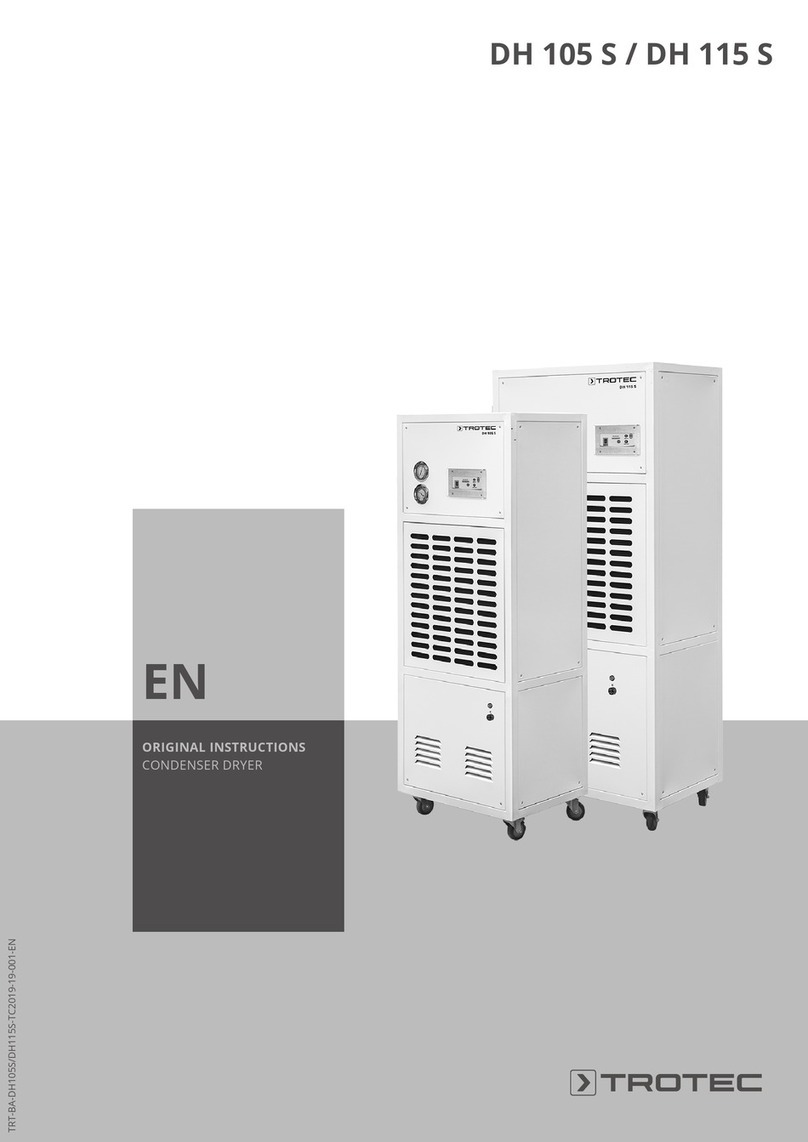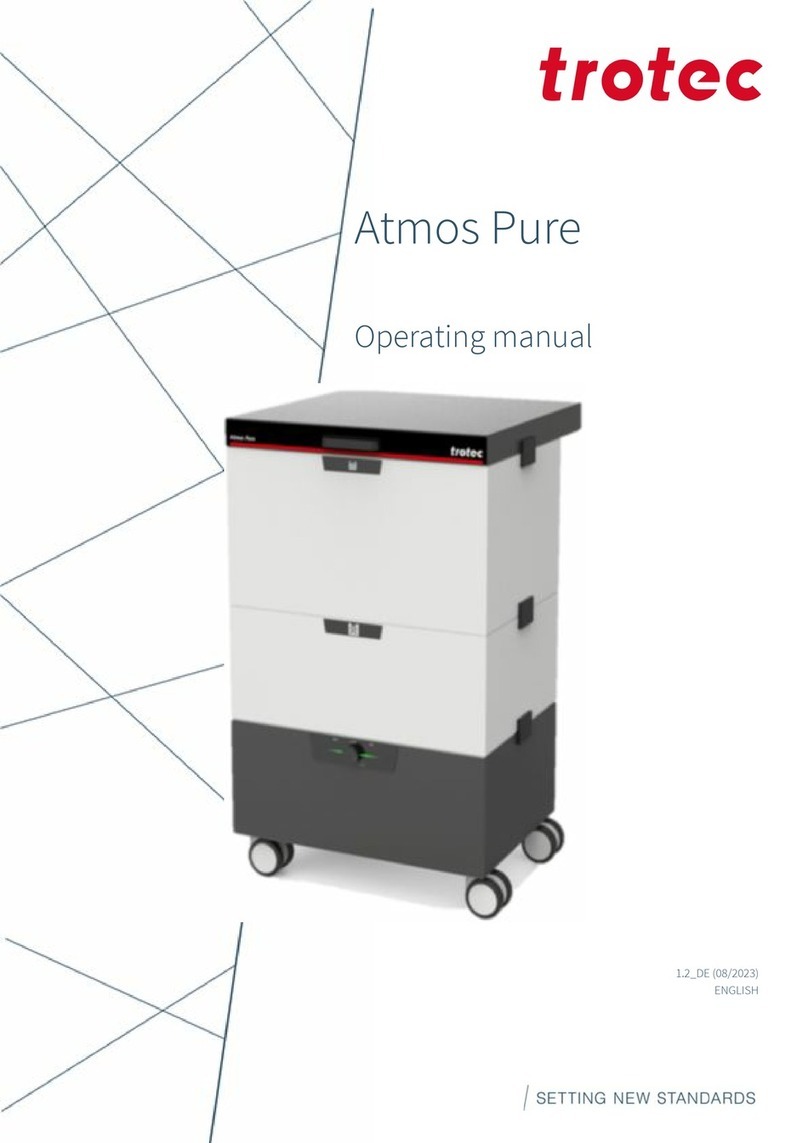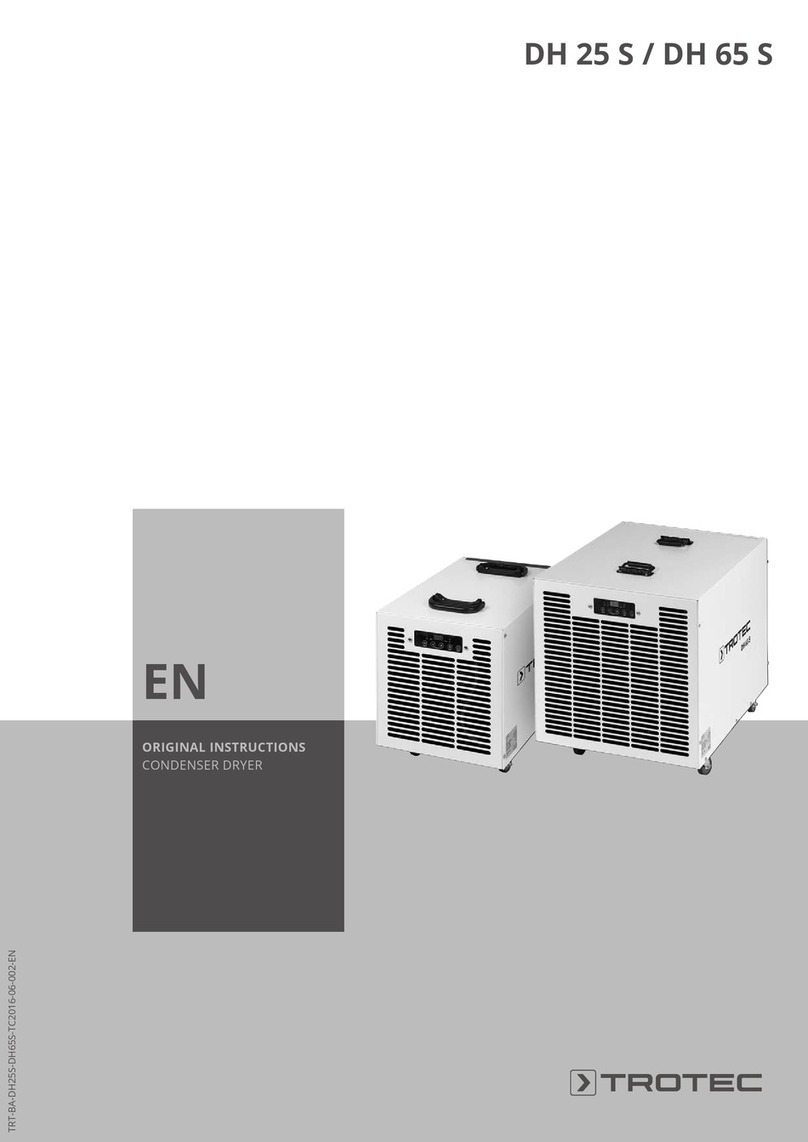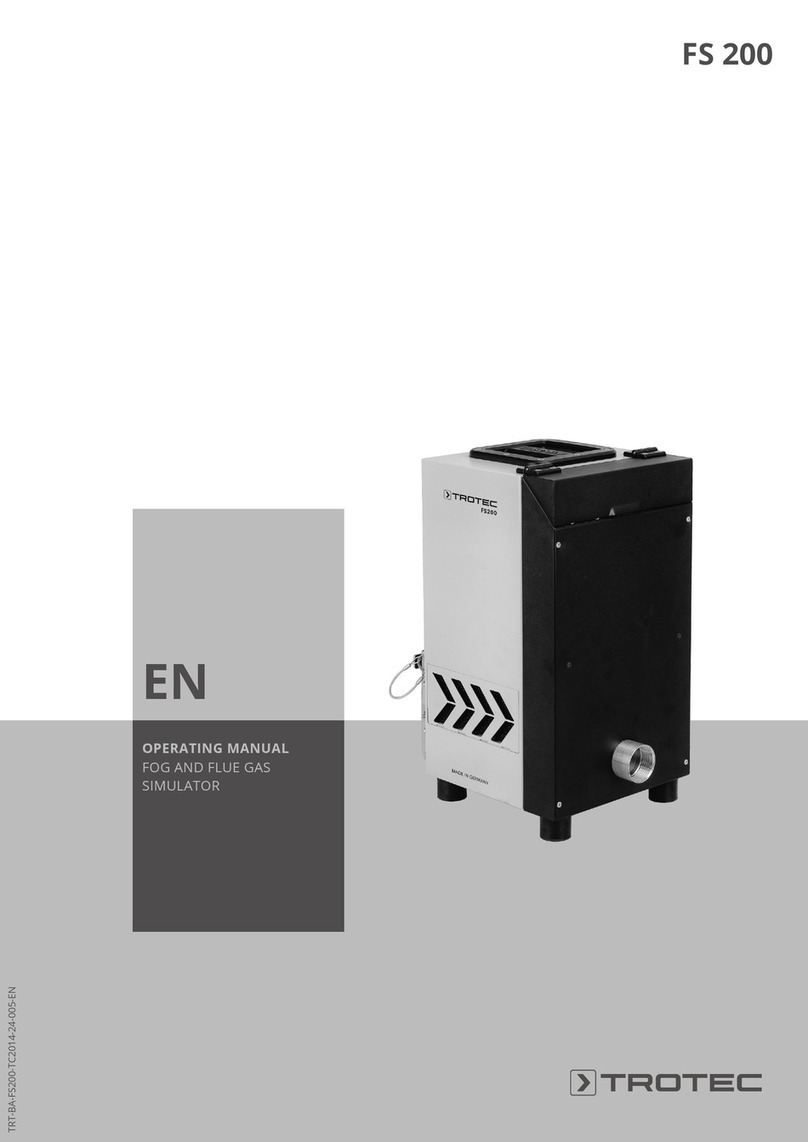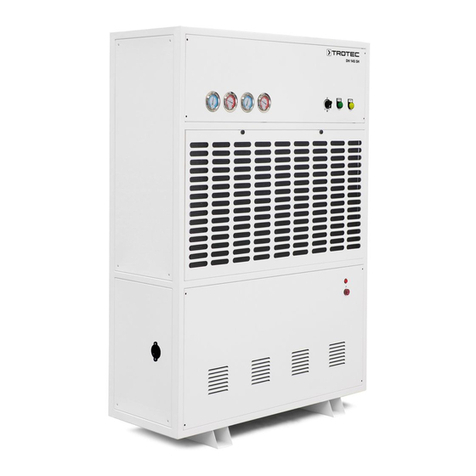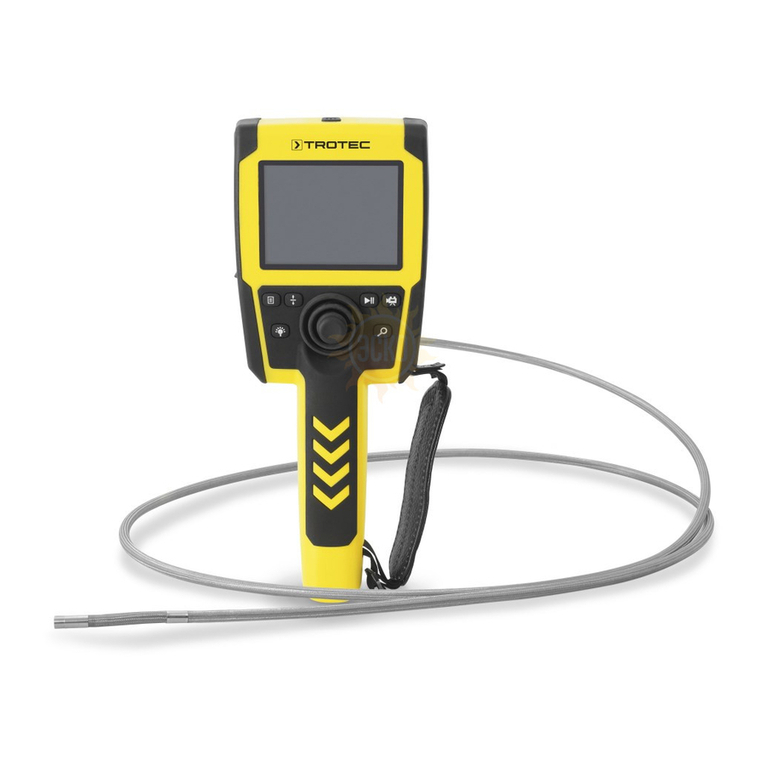
Content
5.3 Control elements........................................................................................................................................................29
5.3.1 System control.........................................................................................................................................................29
5.3.2 Laser rack..................................................................................................................................................................30
5.3.3 Industrial PC.............................................................................................................................................................31
5.4 Safety devices..............................................................................................................................................................31
6 Before commissioning.................................................................................................. 34
6.1 Unloading, inspection and reporting faults..........................................................................................................34
7 Transport and Storage.................................................................................................. 35
7.1 Transport conditions................................................................................................................................................. 35
7.2 Storage conditions..................................................................................................................................................... 36
7.3 Place of storage.......................................................................................................................................................... 36
7.4 Transport inspection and reporting of defects.................................................................................................... 36
8 Setup and installation.................................................................................................. 37
8.1 For your safety............................................................................................................................................................ 37
8.2 Temperature and humidity...................................................................................................................................... 37
8.3 Installation location................................................................................................................................................... 37
8.4 Electrical installation................................................................................................................................................. 38
8.4.1 Overview laser rack interface (back side).......................................................................................................... 38
8.4.2 Overview PC interface (back side).......................................................................................................................42
8.4.3 Mains connection....................................................................................................................................................42
9 Operation..................................................................................................................... 44
9.1 Installation inspection...............................................................................................................................................44
9.2 Marking soware........................................................................................................................................................ 44
9.3 Control elements........................................................................................................................................................45
9.4 Manual operation....................................................................................................................................................... 47
9.5 Emission indicator......................................................................................................................................................47
9.6 Focusing........................................................................................................................................................................48
9.7 Options..........................................................................................................................................................................49
9.7.1 SpeedMarker "DS" Dynamic Shiing.................................................................................................................. 49
9.7.2 3D-Projection/Virtual Rotary.................................................................................................................................50
9.7.3 SpeedMark Vision - Smart Adjust........................................................................................................................ 50
10 Maintenance................................................................................................................. 51
10.1 Safety notes................................................................................................................................................................. 51
10.2 Changing of the laser source filter mat................................................................................................................. 51
10.3 Cleaning the optics.................................................................................................................................................... 52
11 Troubleshooting........................................................................................................... 53
11.1 Error, cause and remedy...........................................................................................................................................53
11.2 Possible error messages........................................................................................................................................... 54
6
